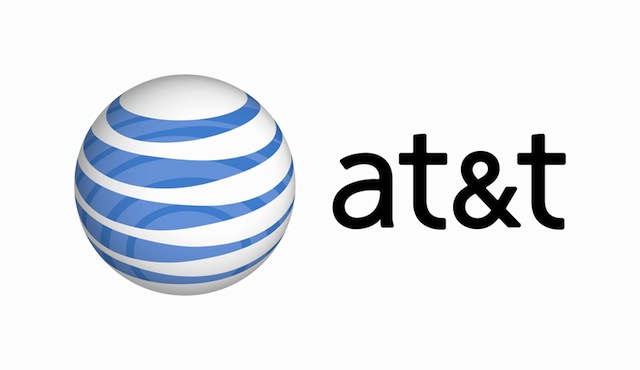
AT&T and T-Mobile, two major GSM carriers in the United States, have struck a deal to allow for free roaming between T-Mobile and AT&T cell towers in New York and New Jersey. This comes after Hurricane Sandy swept through the East Coast two days ago, causing major damage across the coast. While this normally does not affect customers, as AT&T and T-Mobile only charge each other (not the customers) when customers connect to each other’s devices, it’s certainly nice to see that these companies are working together so that those affected by the storm can keep in touch.
AT&T and T-Mobile have released a press on the deal which we’ve embedded here:
AT&T and T-Mobile Open Networks to Customers of Both Carriers in New York and New Jersey
DALLAS & BELLEVUE, Wash.–(BUSINESS WIRE)–In the wake of destruction caused by Hurricane Sandy, AT&T and T-Mobile are taking extraordinary measures to make sure our customers can stay in touch.AT&T and T-Mobile have entered into an agreement to enable roaming on their networks to customers of both companies in the heavily impacted areas and where capacity is available and for subscribers with a compatible device.
AT&T and T-Mobile customers will be able to place calls just as they normally would, but their calls will be carried by whichever network is most operational in their area. This will be seamless for AT&T and T-Mobile customers with no change to their current rate plans or service agreements even if the phone indicates the device is attached to the other carrier’s network.
T-Mobile and AT&T both utilize network technology based on GSM and UMTS standards, which allows for this sharing of voice and data traffic.
Roaming between the two carriers is possible as both carriers use the same GSM/UMTS cellular technology to connect phones and other devices to their networks. This allows for seamless transfer between the networks on a mobile phone. Phones transfer networks when they go out of coverage on their subscribed service.
If you’re unaware, AT&T attempted to acquire T-Mobile last year for $39 billion dollars. Even though the deal was shut down by federal regulators, it’s nice to see them work together for the good of everyone affected by Sandy. Let’s hope the companies continue to work together when more natural disasters occur.






